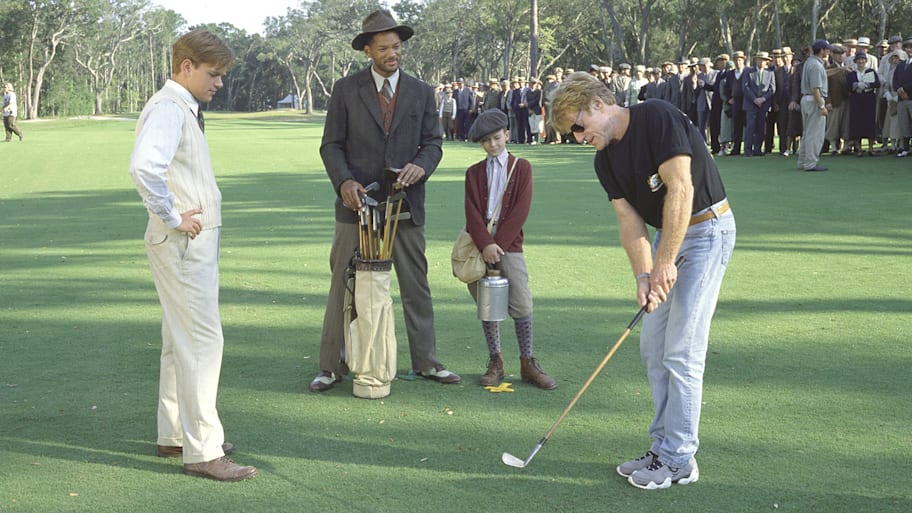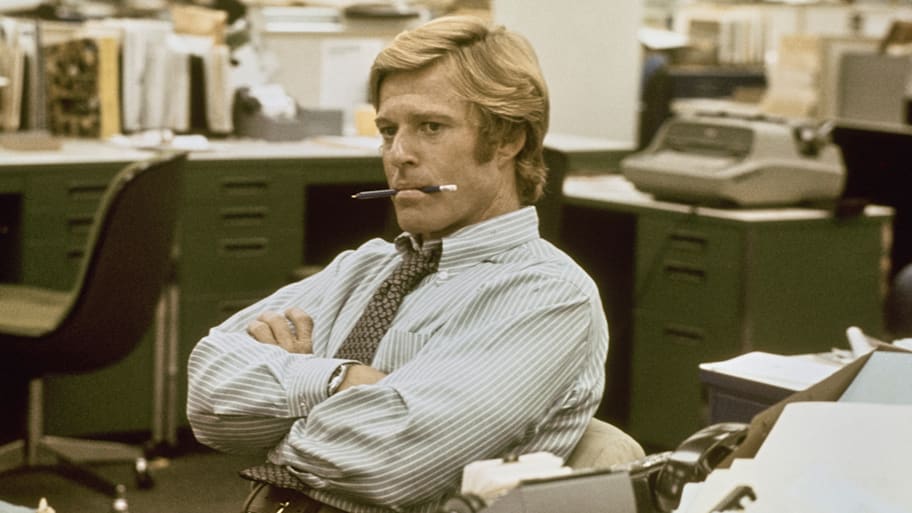One of the greatest and most nimble actors of his, or any, generation, Robert Redford had the innate ability to play characters who were cerebral, rugged, sensitive or jock-ish—often at the same time. Taught to play baseball by his father, Redford—a lefthanded slugger whose hero was Ted Williams—was a high school teammate of Hall of Fame pitcher Don Drysdale, who once called Redford “a pretty good ballplayer.” Redford, who died Tuesday at age 89, went to the University of Colorado to play baseball, but things didn’t pan out. (“I discovered drinking instead and flunked out,” Redford said.) As he explained to Sports Illustrated’s Ron Fimrite in 1984, “I just lost interest in team sports. I stopped caring. I believed from the beginning that you played by the rules and that it was how you played the game, not whether you won, that counted. My disillusionment came when I realized that that wasn’t the way things were at all. It was winning that counted. I wanted to put some of that in Downhill Racer.”
That 1968 film went a long way in establishing Redford’s tough-but-deep bona fides. His character, skier David Chappellet, was described by SI’s Dan Jenkins as “a handsome, cocky lad out of Colorado ... who schusses toward glory.” To research the role, Redford spent much of 1968 in Europe following the sport, including the Grenoble Olympics.
At the time, Redford was in his early 30s. A few years later he played a decathlete in The Way We Were. Pushing 50, Redford was still on top of his game enough to be able to believably portray Roy Hobbs, a slugger who literally hits the cover off the ball (and later destroys the stadium’s lighting; see below) in Barry Levinson’s 1984 adaptation of Bernard Malamud’s novel The Natural.
Not long after that performance, Redford scaled back his acting, focusing more on directing. (He’d already won his lone competitive Oscar as Best Director for 1980’s Ordinary People.) When he talked to Fimrite about his youthful disillusionment with team sports, Redford said, “I was shifting steadily toward individual sports. I suppose it’s that I want to have the most direct communication possible with an audience. That’s why I studied painting [at Pratt Institute in Brooklyn]. What can be more direct than the painter and his canvas? There’s no one else involved. And yet here is the contradiction: Film is a collaborative medium.”
And so he helmed the critically acclaimed 1992 fly fishing–focused A River Runs Through It and the not-so-critically acclaimed 2000 Matt Damon golf film The Legend of Bagger Vance. He also devoted increasing amounts of time and energy to his Sundance Institute and its eponymous film festival, which brought the works of independent filmmakers to a wider audience. Among the movies that broke out at Sundance were Hoosiers, Brittany Runs a Marathon, Dark Horse: The Incredible True Story of Dream Alliance and, most notably, Hoop Dreams, which SI named the fourth-best sports movie of all-time in 2003.

Make no mistake, though, Redford was able to be collaborative and an advocate for stories that would otherwise go untold—to be the second act of Robert Redford, as it were—because of his screen presence. Ironically, he told Fimrite, “The truth is, I don’t like seeing myself on the screen at all.” The rest of us did, though, and that’s what we’ll remember.
This article was originally published on www.si.com as Robert Redford, Arresting Screen Presence and ‘Pretty Good Ballplayer,’ Dead at 89.
